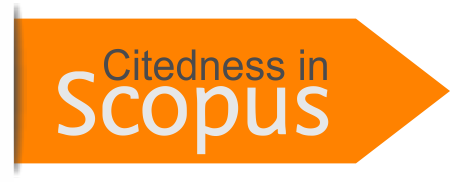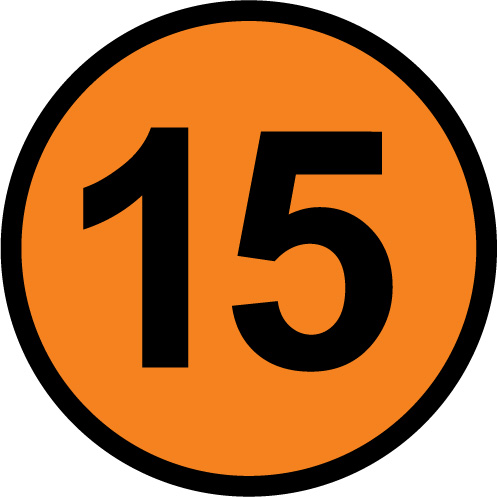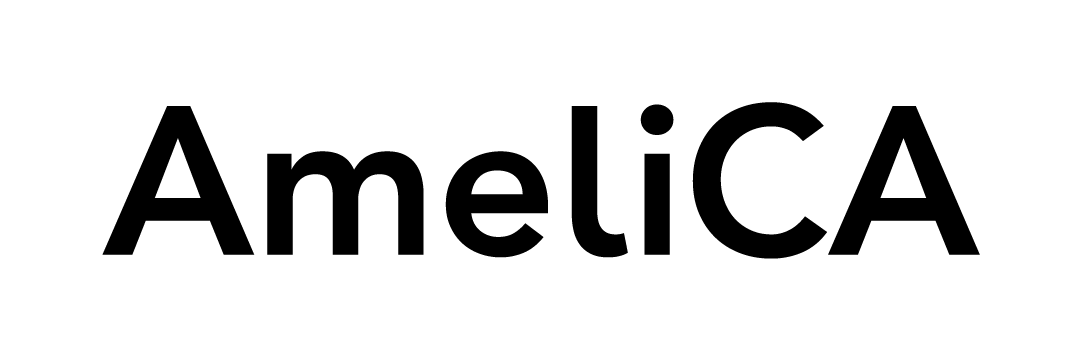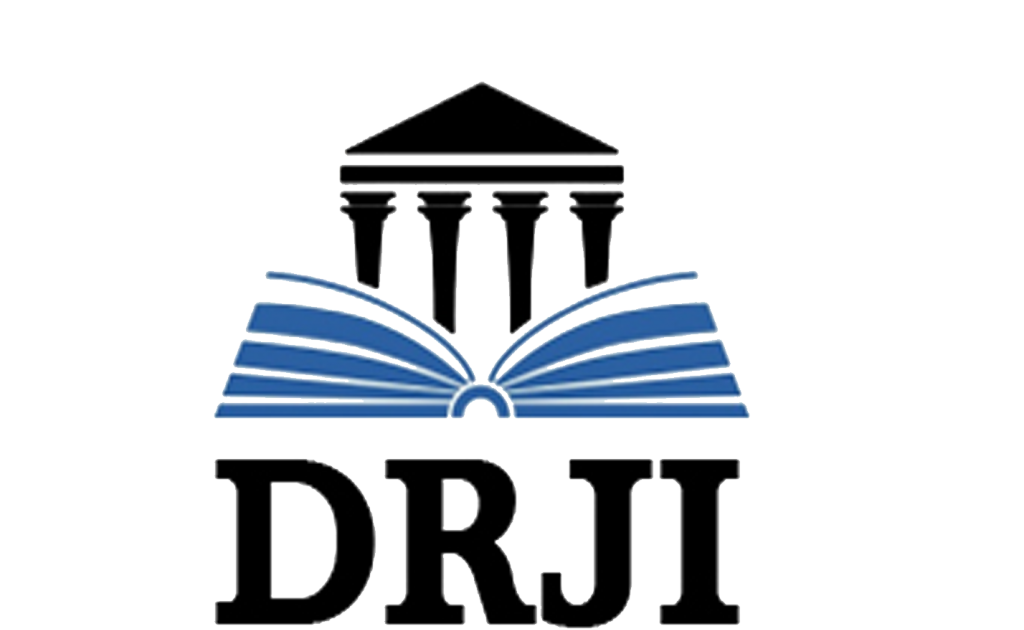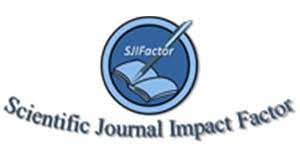Technologies and Architectural Education
DOI:
https://doi.org/10.53591/rug.v114i3.468Keywords:
Architecture, Tics, language, graph, artisticAbstract
The beginnings of the architecture go back to the era in which the man walked in search of shelter or how to protect of the inclemency and the animals, until the present time in which we observed the different spaces from the cities to be saturated of constructions made with high technology and diverse designs, which often causes discussions in the social surroundings. Discussion that it does not prevent that education learning of this discipline is permeable by the scientific advances and the appearance of new technologies, specifically computer science with the different components from creation and projection of the architectonic design. One of the greater impacts by hand occurs by the abandonment of the drawing and the made artistic graphical representation, practice that entails the observation and the cognition reflection, which assures the space thought that all aspiring to architect must acquire and who helps to form the artistic graphical language, indispensable to express the own visual speech of the architecture.
References
Campo Baeza, A. (2011). Pensar con las Manos, conferencia inaugural del curso 2011- 2012. Madrid: Universidad Politécnica de Madrid.
Cárdenas , Serna. (1995). El Dibujo de los Arquitectos. Escala No. 170 .
Cerezo, A. (s.f.). Ciencia Tecnología y Sociedad. Iberoamericana de educación #18 .
corbusier, L. l. (s.f.).
Dra.Nereyda Moya, Dra. Marianela Morales. (2011). Los riesgos y sus implicaciones éticas. Universidad de Cienfuegos .
Echevería, J. (2008). Apropiación Social de las tecnologías. CTS , 171-182.
España, i. d. (s.f.). 2011 Horizon Report k12 edition. España.
Gobierno, M. d. (2011). 2011 Horizon Report k12 . españa.
Maité Gonzalez-Yandira Mouritz. (s.f.). La influencia de las nuevas tecnologías de la información y las comunicaciones en la educación actual. centro Universitario de sancti Spiritus.
Núñez, J. (s.f.). Ciencia y Cultura en el cambio de siglo A propósito de C:P: Snow.
Núñez, J. La Ciencia en el encuentro entre Ética y Epistemología. En J. Núñez, lInnovación y desarrollo social: un reto para CTS (pág. 65).
Paredes, I. (junio de 2010). Tesis de Maestría. Licenciarura en artes plásticas . Guayaquil, del Guayas, Ecuador: Universidad Agraria del Ecuador.
Pascal, B. (1642). Pascualina . Paris Francia: Ecured enciclopedia cubana.
Rangel, r. l. (noviembre del 2003).
Reilly, T. Ö. (Diciembre de 2005). La Web 2.0 . Irlanda: Ó ReillyMedis Inc.
schickard, W. (1623). reloj basculante . Alemania: http://www.history.mcs.st-andrews. ac.ukMathematicians schickard.hmtl.
UNESCO,Declaración de Budapest. (1999). Declaración de Budapest. Declaración de Budapest (pág. 1). Hungría: UNESCO-icsu.
Published
How to Cite
Issue
Section
License

This work is licensed under a Creative Commons Attribution-NonCommercial-NoDerivatives 4.0 International License.

This work is licensed under a Creative Commons Attribution-NonCommercial-NoDerivatives 4.0. International License.
You are free to:
- Share — copy and redistribute the material in any medium or format
- The licensor cannot revoke these freedoms as long as you follow the license terms.
Under the following terms:
- Attribution — You must give appropriate credit , provide a link to the license, and indicate if changes were made . You may do so in any reasonable manner, but not in any way that suggests the licensor endorses you or your use.
- NonCommercial — You may not use the material for commercial purposes .
- NoDerivatives — If you remix, transform, or build upon the material, you may not distribute the modified material.
- No additional restrictions — You may not apply legal terms or technological measures that legally restrict others from doing anything the license permits.





